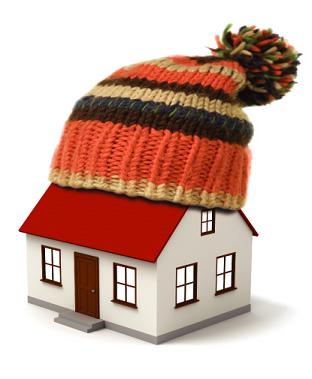How to detect signs of a termite infestation
- Category: Refurbishment
Termites can pose a serious problem to your home, causing damage to wooden structures in and around the house. In addition, damage caused by termites isn’t covered by home insurance. It’s vital that you are vigilant about inspecting your home for termite damage.
Although a termite infestation is often hard to detect until it is well underway there are a number of signs that may indicate that you have termites in your home.
Mud leads
Termites love moisture, and build small tunnels of mud, known as “leads”, around affected areas. The presence of these tunnels is often a strong indicator of a termite infestation.
Termites and termite wings
If an area is heavily infested you may see termite workers or soldiers moving about in affected areas. These are usually a creamy hue, and are ant-like in appearance. Discarded wings from young termites may also be found in these areas.
Damaged wood
Termite-damaged wood may appear slightly shiny in appearance, or may look discoloured or damaged. Sagging windowsills or doorframes, or floorboards or wooden steps that have lost their form are all possible indicators of a termite infestation. Termite-infested wood often sounds hollow when knocked on.
High levels of moisture and heat
Termites thrive in warm, moist environments, and nesting areas are typically very damp and humid. Moisture detectors and infrared cameras are non-invasive ways of checking whether a home may be infested by termites.
When looking for signs of a termite infestation, take the time to examine all wooden areas as well as plaster walls. Checking foundations and nearby wooden poles and posts in the garden or fence is also recommended.
For peace of mind, you may also wish to invest in the services of a qualified pest inspector, as inspectors are knowledgeable about how termite infestations spread, and how to manage them.






